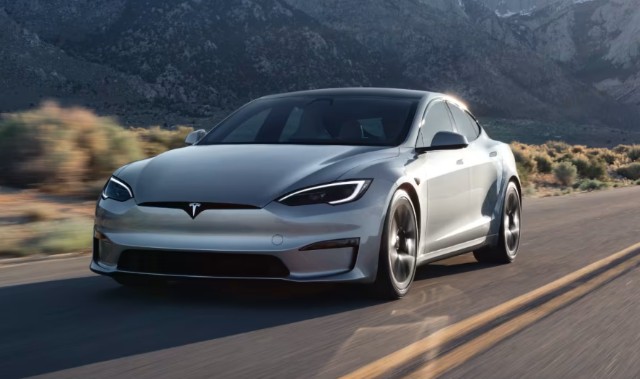
Introduction to Tesla in Shanghai
Official Website: https://www.tesla.cn/
Tesla's presence in Shanghai represents a cornerstone of its global manufacturing and energy strategy. Here's a structured overview:
1. Shanghai Gigafactory (Vehicle Production)
Location: Situated in the Lingang New Area of Shanghai's Pudong District.
Establishment: Construction began in January 2019, achieving the milestone of "starting production within the same year".
Production Capacity: Primarily manufactures the Model 3 (mid-size sedan) and Model Y (mid-size SUV). The Model Y, for instance, has dimensions of 4750mm (length), 1921mm (width), and 1624mm (height), with a dual-motor all-wheel-drive system and a ternary lithium battery.
Significance: As Tesla’s first overseas Gigafactory, it supplies vehicles to both the Chinese and international markets, significantly reducing production costs and delivery times.
2. Shanghai Energy Storage Gigafactory
Launch: Officially commenced operations in February 2025, producing Megapack, a utility-scale energy storage system. Each unit stores approximately 3.9 MWh of electricity, equivalent to the battery capacity of 62 Model 3 vehicles.
Export: The first batch of Megapack systems was exported to Australia in March 2025, with future supplies targeting domestic and Asia-Pacific markets.
Capacity: Plans include an annual output of 10,000 Megapack units (nearly 40 GWh), complementing Tesla’s U.S.-based factory to meet global energy storage demands.
3. Charging Infrastructure
Network: As of 2024, Tesla operates over 700 regular charging stations and 50+ Supercharger stations in China, enhancing convenience for EV users.
Innovation: The company collaborates with local partners like China Merchants Bank to offer financing solutions for EV purchases.
4. Technological Contributions
Battery Technology: Utilizes high-energy-density ternary lithium batteries (nickel-cobalt-aluminum or nickel-cobalt-manganese) for improved efficiency.
Smart Features: Implements advanced systems like Sentry Mode (security monitoring) and driver-assistance technologies, integrating AI-powered cabin cameras for fatigue detection.
5. Economic and Sustainability Impact
Local Integration: The Shanghai Gigafactory has spurred growth in China’s EV supply chain, with components sourced domestically.
Environmental Goals: Aligns with China’s carbon neutrality targets by accelerating the adoption of renewable energy and EVs.





Click to load more